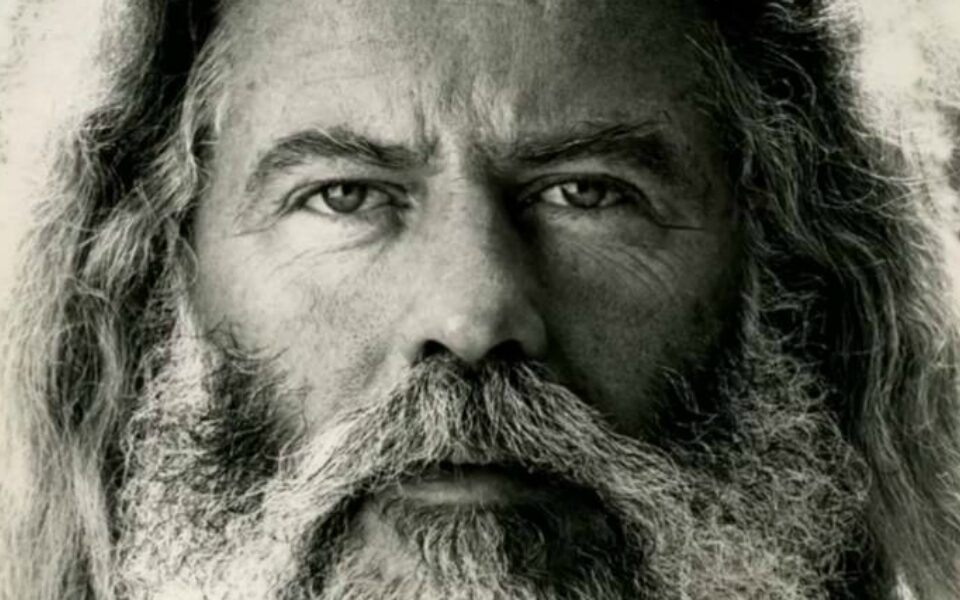They begin to regard their students as idiots, children, incompetents. They begin to loathe them not only for their immaturity, but even more intensely because they are dependent on that immaturity, that devotion, for their daily bread. They’re trapped.
Many of today’s leaders in yoga and Buddhism built themselves through online marketing. This means that when abuse in their communities is revealed, they must […]
Just yesterday, I published a list of the rote defences commonly mobilized by leaders of yoga and Buddhist organizations in which institutional abuse has come to light. I […]
On June 19th, Myra Woodruff, the Executive Director of the Karmê Chöling retreat centre in Barnett, Vermont, sent an email to the centre’s mailing list. The […]


